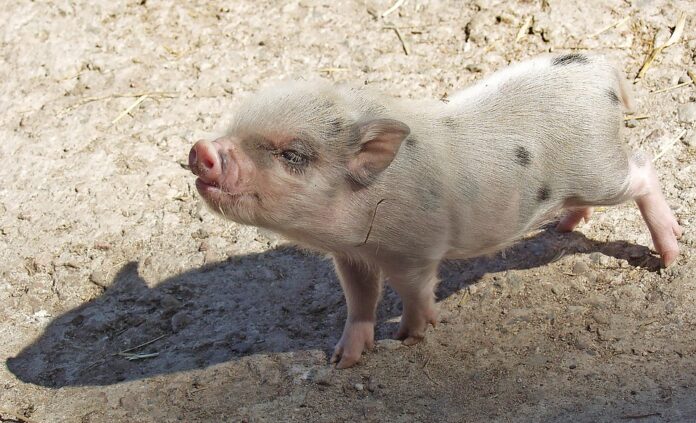Global Trends in Swine Housing Design and Environmental Control Systems
Introduction
Swine production is a crucial part of the global livestock industry, with pork being one of the most widely consumed meats worldwide. As the demand for pork continues to rise, there is a growing focus on improving swine housing design and environmental control systems to enhance animal welfare, productivity, and sustainability. In this report, we will explore the latest trends in swine housing design and environmental control systems at a global level.
Industry Overview
The global swine industry is experiencing significant growth, driven by increasing meat consumption, population growth, and rising disposable incomes. According to data from the Food and Agriculture Organization (FAO), global pork production reached 118 million tonnes in 2020, with China, the European Union, and the United States being the largest producers.
Swine Housing Design Trends
In recent years, there has been a shift towards more sustainable and efficient swine housing designs that prioritize animal welfare and environmental sustainability. One of the key trends in swine housing design is the use of modern ventilation systems to ensure optimal air quality and temperature control. Ventilation systems help reduce the risk of respiratory diseases and improve overall pig health and productivity.
Another trend in swine housing design is the adoption of group housing systems, which allow pigs to socialize and exhibit natural behaviors. Group housing systems have been shown to improve pig welfare and reduce aggressive behavior among animals. Additionally, modern swine housing designs focus on optimizing space utilization, hygiene, and biosecurity to prevent the spread of diseases within the herd.
Environmental Control Systems Trends
Environmental control systems play a crucial role in maintaining optimal living conditions for pigs and maximizing production efficiency. One of the latest trends in environmental control systems is the use of advanced automation and technology to monitor and regulate temperature, humidity, and ventilation in swine facilities. Automated systems can help farmers optimize energy usage, reduce labor costs, and improve overall environmental sustainability.
Another trend in environmental control systems is the integration of renewable energy sources, such as solar panels and biomass boilers, to reduce the carbon footprint of swine production facilities. By using renewable energy sources, farmers can lower their operating costs and minimize their environmental impact.
Key Players in Swine Housing Design and Environmental Control Systems
Several companies are leading the way in innovative swine housing design and environmental control systems. Big Dutchman, a global leader in livestock equipment, offers a range of swine housing solutions that focus on animal welfare, efficiency, and sustainability. The company’s climate control systems help farmers create the optimal living conditions for their pigs while reducing energy consumption.
Another key player in the industry is Boehringer Ingelheim, a pharmaceutical company that specializes in animal health products. Boehringer Ingelheim offers a range of solutions for swine producers, including vaccines, feed additives, and environmental control systems that help improve pig health and productivity.
Future Outlook
As the global swine industry continues to evolve, we can expect to see further advancements in swine housing design and environmental control systems. Sustainable practices, animal welfare considerations, and technological innovations will drive the future of swine production, ensuring that farmers can meet the growing demand for pork while minimizing their environmental impact.
In conclusion, the trends in swine housing design and environmental control systems are shifting towards sustainability, efficiency, and animal welfare. By embracing these trends, swine producers can improve the overall productivity and profitability of their operations while meeting the demands of a growing global population.




